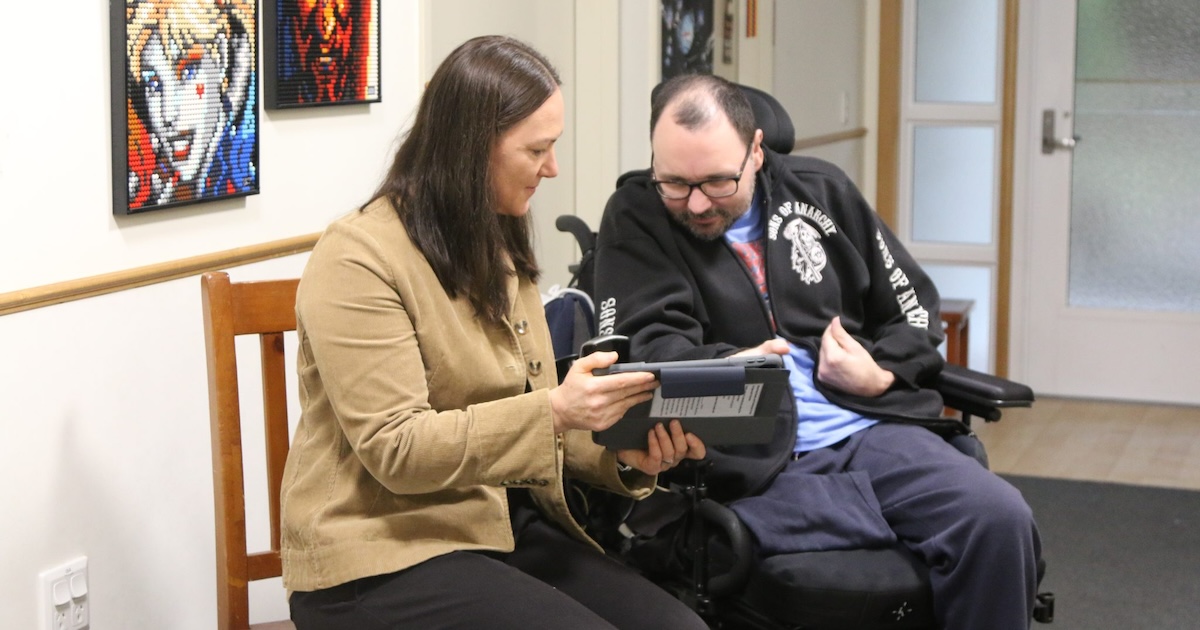The Australian and Chinese governments are partnering to fund a Joint Research Centre (JRC) tasked with developing a next-gen point-of-care testing device to help identify markers of genetic disorders, infections and cancers.
The development of the device, which would be able to detect minute quantities of disease biomarkers in a patient’s bloodstream, will capitalise on research strengths of both countries in nanobiotechnology, diagnostics and rare earth elements.
The low cost, user-friendly device is designed to be used in point-of-care settings such as GPs’ surgeries and patients’ homes and will integrate a miniaturised microscope, with microsensors on a chip, and smartphone readout to detect the trace amount of circulating nucleic acids in the blood stream.
An increase in the levels of these molecules can be an indicator of a range of diseases including cancer, cardiovascular disease, autoimmune disorders and infections.
Federal government funding of A$936,000, from the Australia-China Science and Research Fund, will be matched by the Chinese government to establish the Centre.
The Centre will be led by University of Technology Sydney (UTS) and Changchun Institute of Applied Chemistry Science (CIAC).
“Using the latest technologies to develop affordable devices to better screen for illnesses such as cancer can obviously have a very real and positive impact upon the future of healthcare in Australia and around the world, UTS deputy vice chancellor of research Kate McGrath said in a statement.
She noted that these types of technologies could be particularly useful in remote or developing areas where access to hospitals is limited.
Professor Dayong Jin, Director of the UTS Institute for Biomedical Materials and Devices (IBMD), who will co-lead the JRC said the funding of the centre would position Australia and China at the forefront of innovation in diagnostic biotechnology.
“Personalised healthcare practices that lead to much improved survival rates are highly sought across the globe, but to date there is no single technique that works by itself to help tackle major global health challenges, like the detection of cancer in its very early stages,” he said in a statement. “Bringing together smart minds with complementary skills and resources will help make this a reality.”
In April, the Coalition Government announced a $4.7 million grant aimed at boosting innovation and science links with China, with a focus on developing medical technology and sensing devices.
The Joint Research Centres would also receive co-investment from the Chinese government through the partnering Chinese institute.
Among the five new Joint Research Centres receiving a grant of more than $900,000 each is Flinders University and Nankai University, which will use the money to develop accessible medical sensing devices to enable early detection of emerging health concerns and empower healthy choices.
The government has also announced a program that would provide researchers with grants of up to $10 million for large-scale pilot research studies into pathogen genomics late in the research and development pipeline.
Nathan Eddy is a healthcare and technology freelancer based in Berlin.
Email the writer: nathaneddy@gmail.com
Twitter: @dropdeaded209
Healthcare IT News Australia is a HIMSS Media publication.
